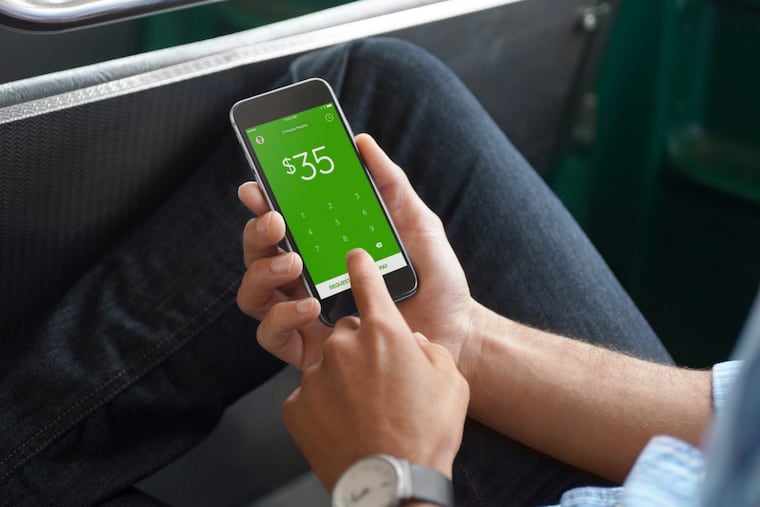Link copied to clipboard
Link copied to clipboard
Exclusive to subscribersYou can now gift articles
Millennials, teens embrace payment apps, texting $$$ instead of cash
Teens and millennials use payment apps to send each other money. The most popular are Venmo, owned by PayPal; Cash App, owned by Square; and payment apps linked to Snapchat or the smartphone itself, such as ApplePay and SamsungPay.
